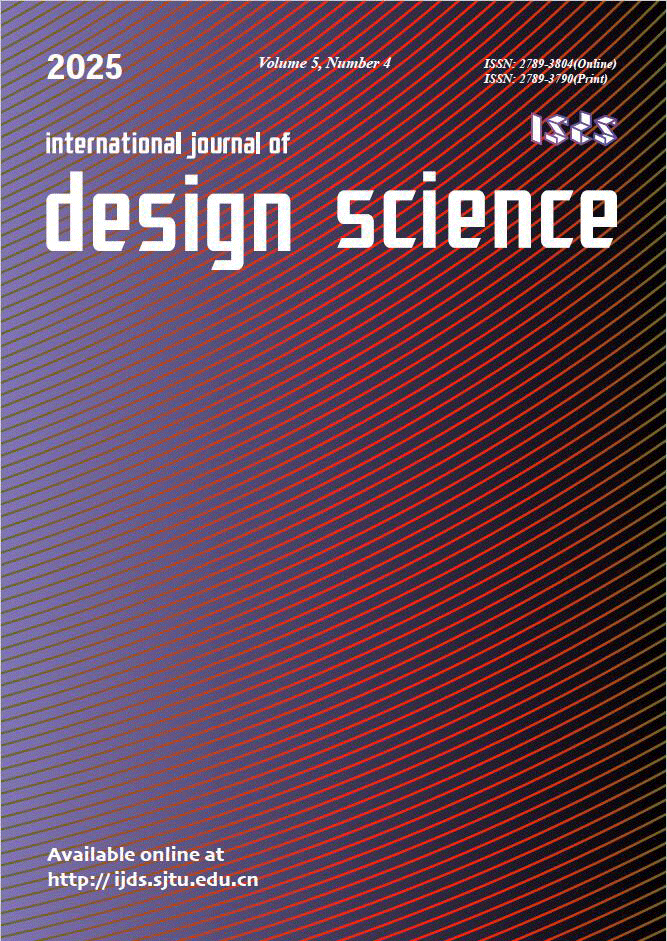
The rapid development of Artificial Intelligence Generated Content (AIGC) is reshaping the communication landscape, and also promoting the transformation of music communication mode from the linear "human creation — human dissemination — human reception" to the structure of "human-machine co-creation — intelligent distribution — multi-sensory perception". Taking QQ Music's annual listening report as a case, this paper analyzes how AIGC reconstructs the content generation, user participation and communication mechanism of music art from three dimensions: information production, social interaction and mobile communication, based on the theory of digital-intelligent affordance. The study finds that AIGC not only empowers the construction of personalized music symbols and the enhancement of emotional resonance, but also triggers reflections on technological discipline and digital labor. This research aims to provide a reference for understanding the new forms and values of art communication in the context of AIGC.